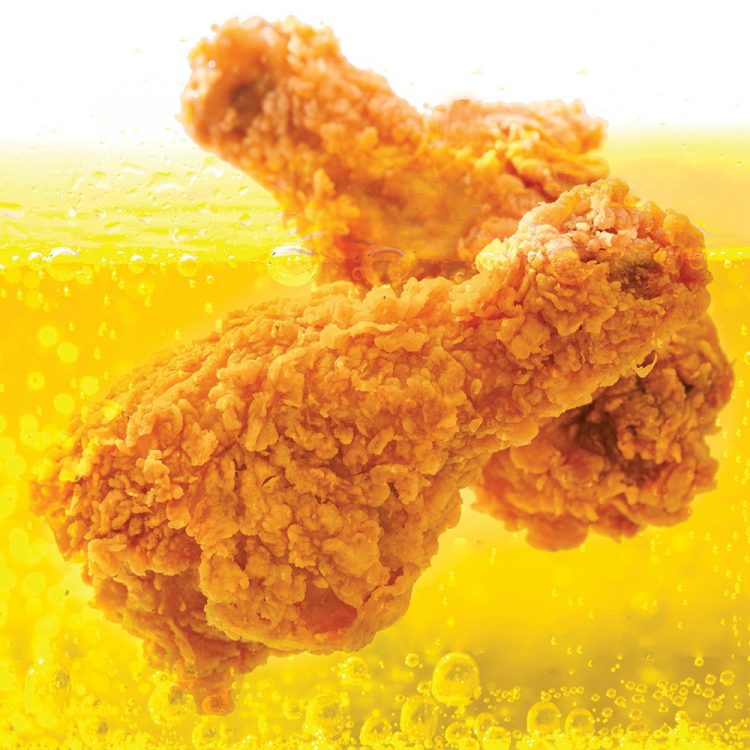To all of us in India, the monsoon season is synonymous with delicious deep-fried foods. Spicy pakodas, crispy bhajjis – all made from a variety of vegetables, fruits, and meats. While we do enjoy gorging on them, a lot of us are quite skeptical about making them at home because the technique of deep-frying seems intimidating.
Today, we break down deep-frying for you so you can try it in your own kitchen. And enjoy a delicious match and monsoon season.
First, what is deep frying?
Deep frying is a technique in which foods are immersed completely in hot oil (usually around 180℃) to cook it. This makes it very different from shallow/pan frying in which only a few tablespoons of oil is used to cook the food. When you deep fry something, its surface starts to get dehydrated, forming a tight coating that starts to repel the oil. This is how you get the crunchy exterior – because it has lost all moisture. This coating also carries heat inside, effectively steaming it so it is cooked.
Here are some tips that will help you become a pro at deep frying the crunchiest pakodas this monsoon.
Safety first
When you deep-fry, you’re essentially working with boiling hot oil. So before you start, make sure your kitchen is a safe zone. Keep water away from the stove, and ensure all handles are turned in. Don’t leave a hot pot of oil unattended, and keep the kids out of the kitchen.
Use the right tools
Deep frying requires high heat. So choose the vessel you plan on using, wisely. Ideally, it should be sturdy and heavy-bottomed so that it retains heat uniformly. It should also be deep so that it holds enough oil so you can submerge whatever you’re frying in it without it touching the bottom of the vessel.
Apart from this, you’ll also need a slotted spoon to remove the food when it’s cooked, and a dish or a plate lined with paper towels to drain off excess oil. If you have a kitchen thermometer, it will help you to keep track of hot cool or hot the oil is, so you can adjust accordingly.
The oil is important
Every oil has a different smoking point i.e., temperature at which it starts to smoke. To deep-fry, you need oils that have a high smoking point. Refined oils like canola, sunflower, and peanut oils are good examples. Keep in mind that if you’re reusing oil, strain it so you get rid of any debris from the last time you used it, or they could burn and give your food a burnt flavour.
Pay attention to the temperature
If the oil is too hot, the outside will cook faster than the inside, and might burn before it’s cooked through. If the oil is too cool, the food will just absorb all the oil, resulting in greasy, soggy food. A cooking thermometer will really help here. If you don’t have one, ensure that the heat is on medium, and that you don’t overcrowd the pan.
Ready to take these tips out for a test fry? Order from our new range of pakodas and try them out!

